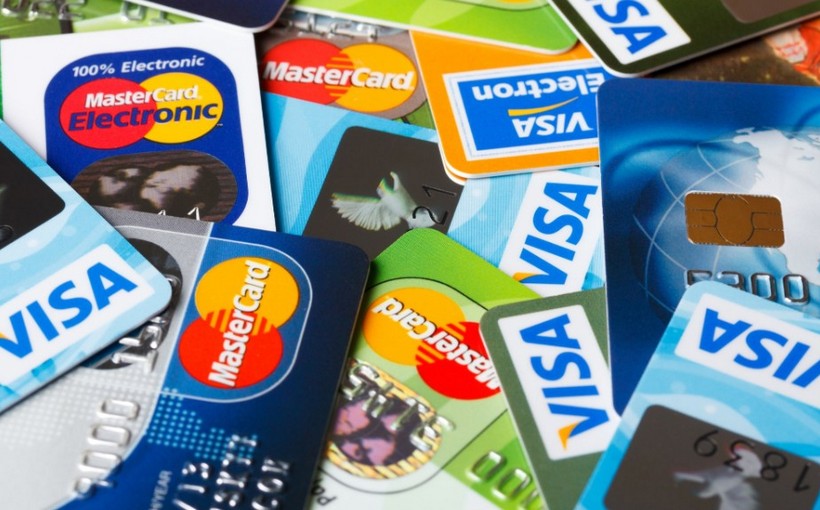According to a recent report by Fitch Ratings, the total debt service to income ratio for U.S. households is projected to rise from 9.9% in 2022 to 11.7% by 2025. While this increase may seem modest compared to recent spikes in interest rates, it is expected to have an impact on consumer spending next year.
Fitch’s head of U.S regional economics, Olu Sonola, explains that the dominance of fixed-rate mortgages has helped mitigate the effects of higher interest rates on overall household debt service. However, with credit card and student loan rates also increasing and reaching historic highs in 2024, non-mortgage household debt service will likely contribute towards a slowdown in consumer spending.
Fitch’s projections take into account a slight increase in household leverage (debt-to-disposable income) over the next few years as well as slower growth in both outstanding debt and nominal wages due to rising unemployment levels starting from 2024.
This trend suggests that consumer spending may face challenges ahead despite current economic conditions remaining relatively stable.




